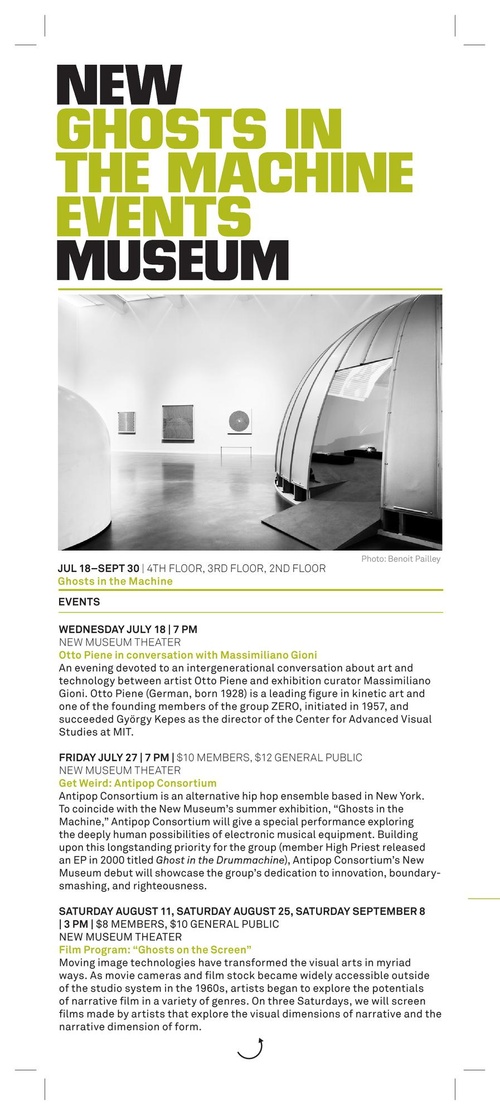“Ghosts on the Screen”: Invisible Adversaries, dir. VALIE EXPORT, 1976
Moving image technologies have transformed the visual arts in myriad ways. As movie cameras and film stock became widely accessible outside of the studio system in the 1960s, artists began to explore the potentials of narrative film in a variety of genres. On three Saturdays, we will screen films made by artists that explore the visual dimensions of narrative and the narrative dimension of form.
PLEASE BE ADVISED: This screening contains explicit sexual content.
Invisible Adversaries, dir. VALIE EXPORT, 1976 (112 min) German with English subtitles
Anna, an artist, is obsessed with the invasion of invisible aliens who she believes will take over the world through mind control. Her schizophrenia is reflected in the juxtapositions of long camera takes with violently edited montages that splice together private with public spaces, black-and-white film with color, still photographs with video, and earsplitting sounds with disruptive camera angles. EXPORT privileges rupture over unity in order to convey Anna’s experience of her inner and outer worlds.
Presented with Alone, dir. Stephen Dwoskin, 1963 (13 min)
“Alone is a major departure into projecting feelings and senses of loneliness, timelessness, and the sensual self. The film presents moments that are passing tones in any life, yet far from registering a passive despair, protests against a traditional culture which is unable to confront such moments and passes them by as both trivial and obscene,” is how Dwoskin described this film. Alone explores the onanistic potential of both the female body and the camera, and was the source and the inspiration for J.G. Ballard’s collage Does the Angle Between Two Walls Have a Happy Ending? (1967).
